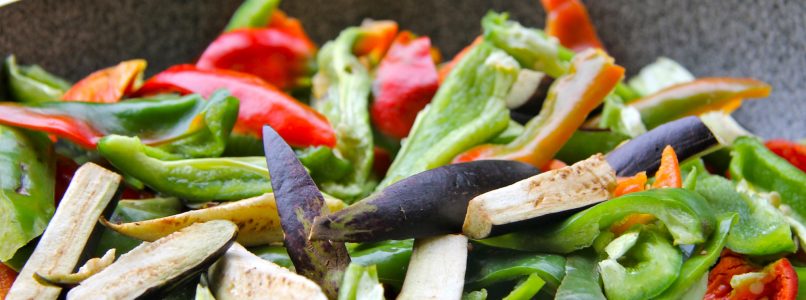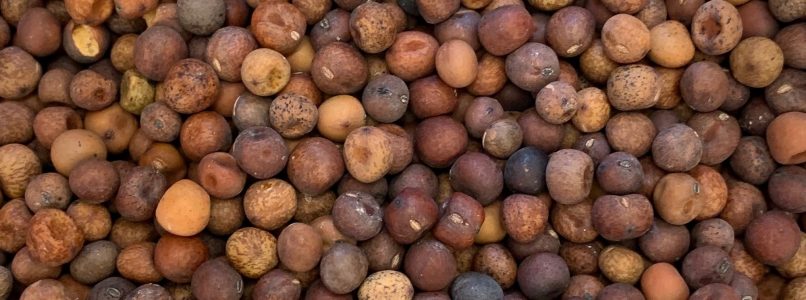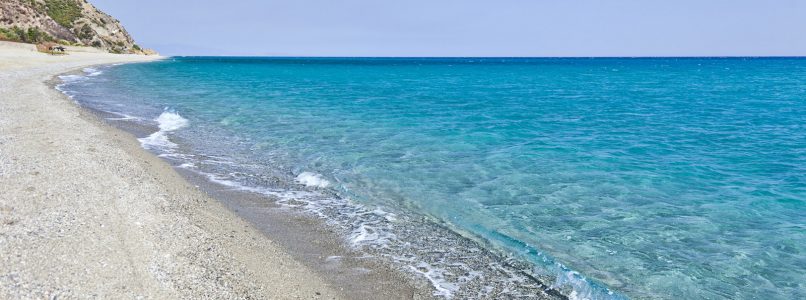A dish with vegetables from the garden, which has all the flavors and aromas of a summer in Cilento. Tasty, quick and easy to prepare
There is a dish that more than any other contains the essence of a summer in Cilento: the ciauredda. Finding it the same from one house or country to another is practically impossible, since everyone has their own way of preparing it (and calling it). Basically, however, it is a dish always based on seasonal summer vegetables, usually from one's own garden, now in their full flavor.
The origin according to Renato De Falco
Renato De Falco has reconstructed the origin and history of ciauredda in an exemplary way, as well as many other culinary traditions from Campania. Great Neapolitan writer and philologist, he is the author of numerous texts, including Cu ’Na Bona Salute. 10 curious names of Neapolitan dishes, in which he talks about this dish. There cianfotta, he writes, is a delicious rural dish, very rooted in the south, based on peppers, aubergines, potatoes and tomatoes (and, ad libitum, also carrots and zucchini), flavored with garlic, onion, oregano, basil, parsley, salt and pepper. There is a cianfotta from Faicchio and Morcone, in the Benventano area; one in Procida, where it is called bobba; and then the Cilento one. However, it should not be forgotten, he continues, that the home of cianfotta is southern France, in particular Provence, where it takes the name of ratatouille, or potage aux légumes. Today it is also called ciambotta, confirming that its exact étimo is that of champ potage, as endorsed by the Modern Etymological neapolitan Vocabulary, compiled in 2009 by Dale Erwin and Pierino Bello. Furthermore, adds De Falco, it is unfortunate that none of the last thirty-five compilers of Neapolitan dictionaries have reported this word. Only eleven southern gastronomic manuals, out of about 200 written by qualified professionals from 1976 to 2003, speak of cianfotta, ciambotta or ciauredda.
So what is ciauredda?
Ciauredda is a dish based on vegetables, especially the summer ones found in the garden. Let's not forget that in Cilento a subsistence economy still reigns, where much of what is consumed at the table comes from their land or from the animals that are raised during the year. This is precisely what makes it the undisputed homeland of the Mediterranean diet. And in the summer, when the garden is luxuriant with all its seasonal fruits, such as tomatoes, peppers or aubergines, the ciauredda is prepared. It can be done in many different ways, so much so that it is difficult to eat exactly the same identical dish in two houses, even in the same country. But even the name changes after a few kilometers: at the gates of Cilento between Eboli and Battaglia, for example, it is called ciauliello, while from Agropoli to Casalvelino and Ascea we talk about ciambotta. Further east, in towns like Sapri or Vibonati, we will find ourselves facing the ciaurella, while going inland, to Torre Orsaia, it will be the turn of the donut. In the hinterland further north, between Campora, Felitto, Roscigno and Bellosguardo, ciambotta returns, while in Caselle in Pittari, where our recipe comes from, it is called ciauredda. What never changes is the way we eat traditionally: between two slices of bread, in the country side.
The recipe of Filomena Marcieddu di Caselle in Pittari
As you may have understood by now, there are countless versions of this dish, also depending on the vegetables available. Basically there are almost always aubergines, peppers and tomatoes, but then there are those who also add potatoes, green beans, courgettes, friggitelli, as well as garlic or onion. The one that the lady prepares Filomena Marcieddu of Caselle in Pittari remains one of the best ever tried, which is why we asked her for her precious recipe.
Ingredients
2 eggplants
5 peppers
500 g tomatoes
to taste basil and salt
to taste extra virgin olive oil
Method
Cut aubergines, peppers and tomatoes into the desired shape, whether it is into cubes, slices or strips.
Heat a little oil in a pan (in Cilento there is plenty, you can opt for a lighter version) and start cooking the vegetables, preferably separately. Alternatively, better in order of cooking: first the aubergines, then the peppers and finally the tomatoes. Then add them together and sauté everything in the pan for a few minutes.
Add a few basil leaves for an extra summer touch, mix and serve warm or even cold.
Alternatively, place the ciauredda between two slices of bread: the longer you wait, the better it will be because it will have absorbed all the flavor of the vegetables. Ask a few farmers in Cilento for a bit comi sapi u pani 'ciauredda wave!


